Castles of Serbia
Bishop's Palace
Vrsac
The palace was built between 1750 and 1757 (according to some data between 1757 and 1763), while the bishop (vladika) was Jovan Georgijević. It is the only bishop’s palace from the Baroque period among Serbs. It was built as a representative two storey building for the needs of Banatian bishops after the diocese moved from Caransebeș (in today’s Romanian Banat, after a large number of Romanians moved from the Carpathians to Banat, which made Serbs a minority in the city) in the then Serbian-German Vršac. The name of the architect was lost, but it is only known that he was Prussian and stayed in Vršac until the completion of the construction.
On the ground floor of the palace is a chapel dedicated to St. Archangels Michael and Gabriel, with an iconostasis painted between 1761 and 1765. The iconostasis is one of the rare preserved iconostases from the 18th century, and they are a true testimony to one of the rare authentic Serbian styles in art, the Serbian Baroque. The iconostasis is specially decorated with ornaments that evoke the Jesse tree. It is adorned with rich stucco; its paintings, including the central composition depicting the Nativity, were made by Nikola Neškovic. Fascinating are the parts that have elements of Rococo style.
The palace also houses an icon from Kyiv painted in the 14th century. The hall on the first floor is decorated with painted plaques depicting seven Banat monasteries. In the hallway, you can see oil on canvas with Saint George slayingthe dragon, painted by the painter Stevan Aleksić in 1909, and a large icon evoking the New Jerusalem. Portraits of the bishops are on display in the living room; this living room is specially equipped with two tiled stoves and baroque furniture from Venice (sofas, armchairs, wardrobes …). The library preserves many old works, including the famous Vatin Gospel. The study presents a series of portraits of bishops and contains a sezession-style furnace donated by Budapest in 1911. There is also the most respected icon of the Serbian Baroque, the miraculous icon of the Mother of God of Vinča-Bezdin from the end of the 18th century. The palace houses valuable collections of icons, portraits of the most important bishops of the Vršac diocese and a large library.
The collection of icons collected throughout Banat covers a period of three centuries, with the most valuable icons being by the painter Zogof from the first half of the 18th century. The icons in the collection are the works of Petar Zogof, Prvul, Šerban Popović, Nedeljko Popović, Jovan Četirević Grbovan and unknown masters. The group of icons of the Baroque period of Serbian art is represented by the works of painters from the second half of the 18th century, Teodor Ilić Češljar, Dimitrije Popović and others.
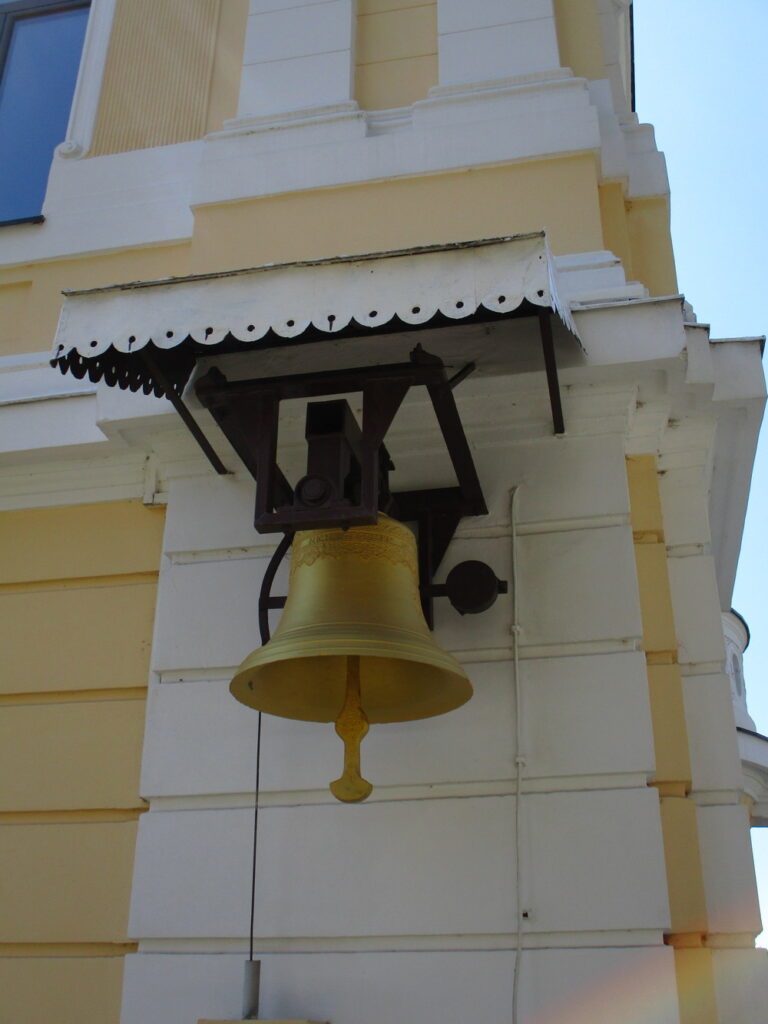
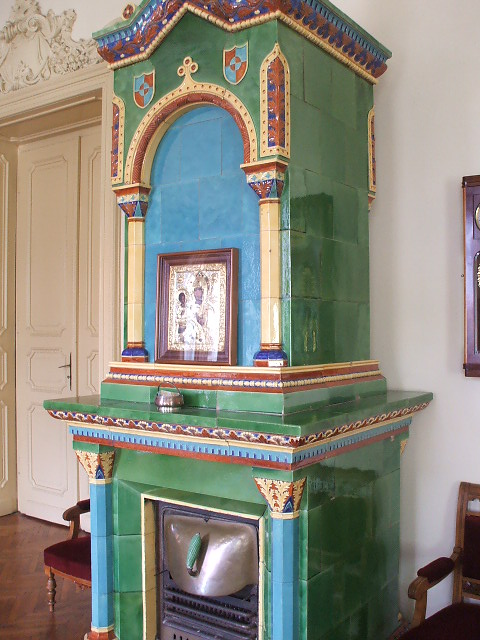

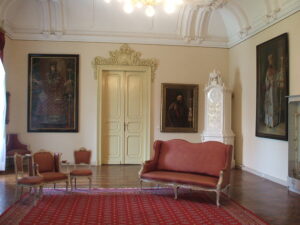
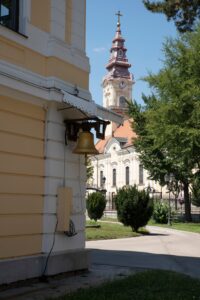
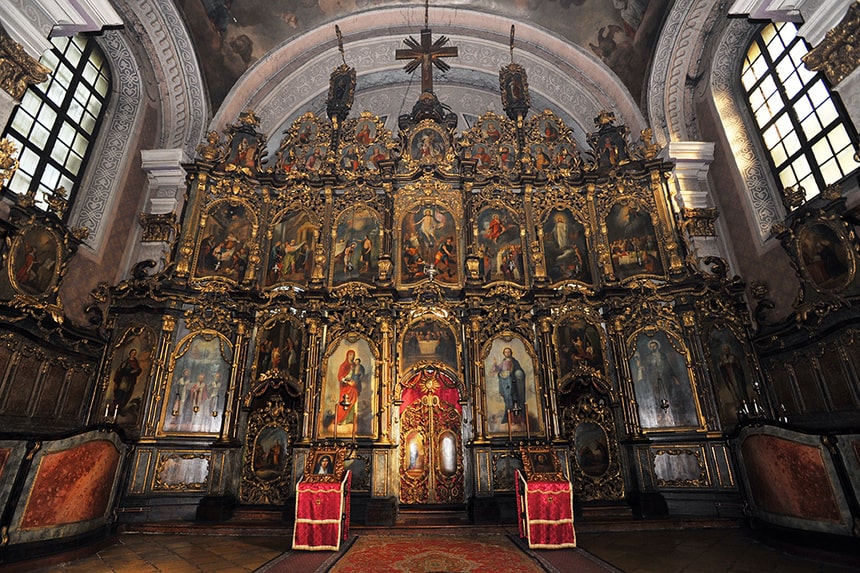
The radical adaptation of the Bishop’s Palace, which completely changed the visage of the building, was carried out by Bishop Gavrilo Zmejanović in 1904, when the entrance part was modified and the roof was reconstructed. At that time, the main facade received a neo-baroque and neo-renaissance decorative program, pilasters and new windows, while the foundation of the building was not significantly changed. The simple architecture of the baroque castle, with symmetry and a rhythmic series of window voids, is complemented by an accentuated central avant-corps that has a balustrade at the height of the attic and a specially realized mansard roof decorated with multicolourroof tiles. These finishing works were managed by the Novi Sad architect Mihajlo Harminc.
The park fence with a rich baroque combination of wall mass and wrought iron is authentic. At the entrance gate, there is the coat of arms of the diocese made of wrought iron. The castle is the seat of the Banatian bishop, and the building represents a cultural monument of exceptional importance.
After the last renovation under Bishop Nikanor, the palace has a striking green roof. No entry is allowed to the building, but it is allowed to the courtyard.






